As mentioned in the previous paragraph, with the difficulty of replacing graphics card today, we need to explore whether the frequency adjustment on the "gaming" memory will affect the FPS? And how wide is the impact?
Does the Memory Frequency Affect the Game's FPS? (Part I) (Read More)
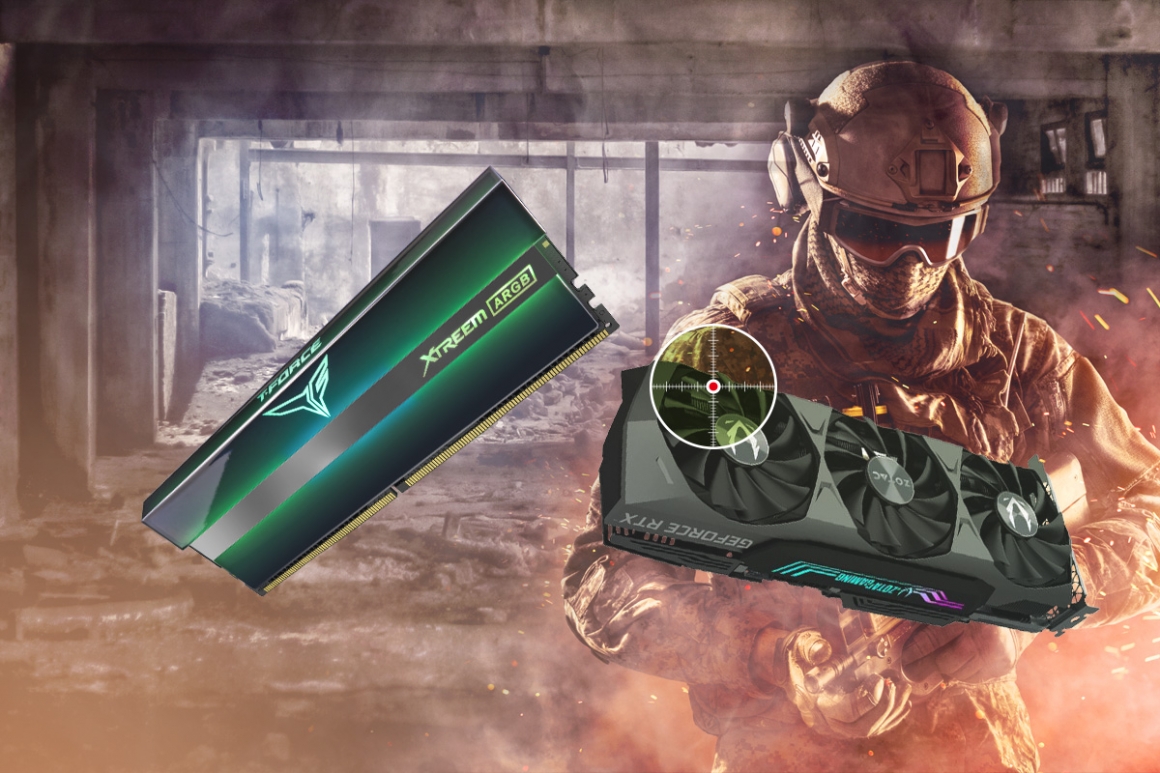
TEST 3: In "Shadow of The Tomb Raider"
Next are the results of our test on "Shadow of the Tomb Raider" using another platform.
Using the second platform configuration as an example to test the game:

Note: Different platforms might have different testing results.
In "Shadow of the Tomb Raider", we gradually increased the T-FORCE XTREEM ARGB memory frequency from 3000Mhz to 3200Mhz, 3600Mhz, and up to 4000Mhz. We also turned on and off the ray tracing function to test and compare.
T-FORCE XTREEM ARGB DDR4 32GB (Learn More), Where to Buy
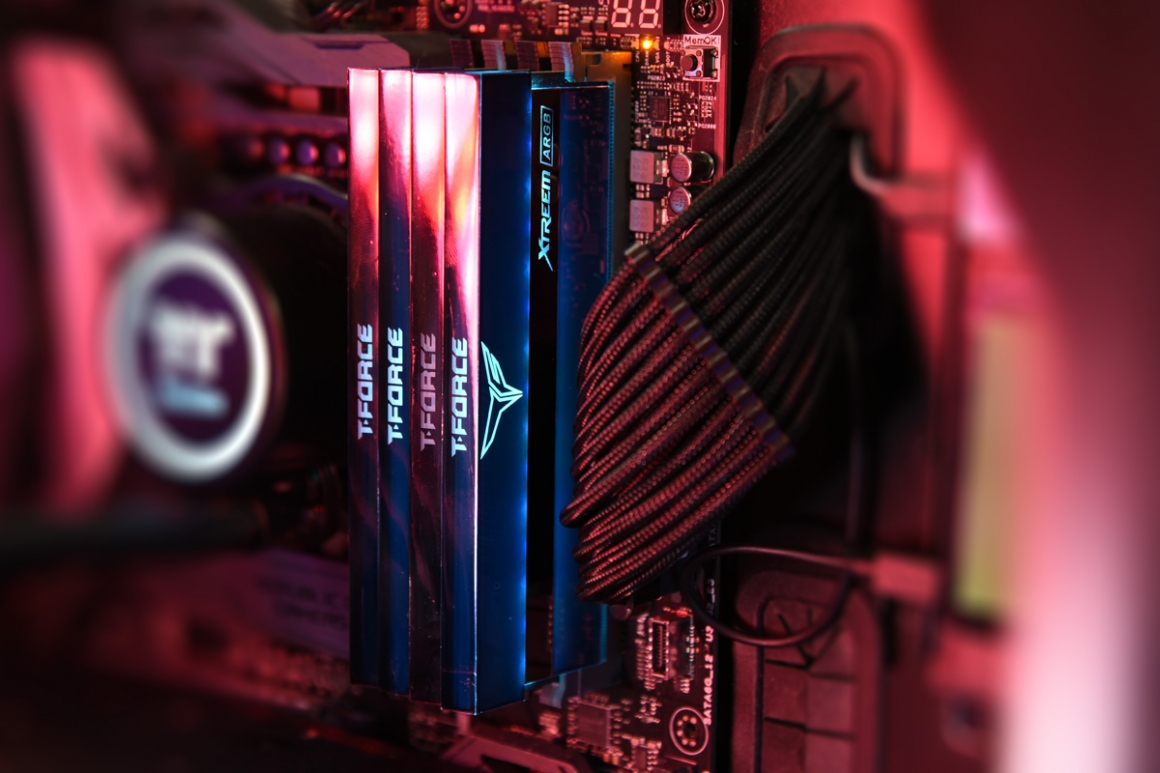
A. Memory frequency at 3000Mhz:
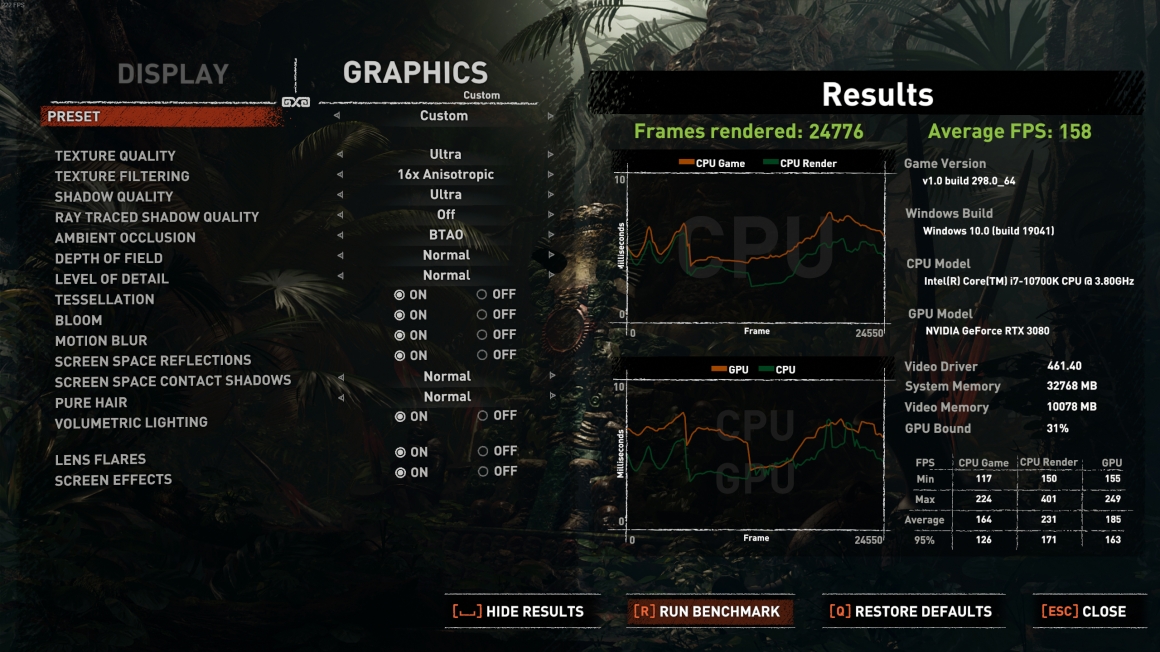
Source: Screenshot in Shadow of the Tomb Raider
In "Shadow of the Tomb Raider", we tried turning off the ray tracing first and the test frame rate was 158FPS.
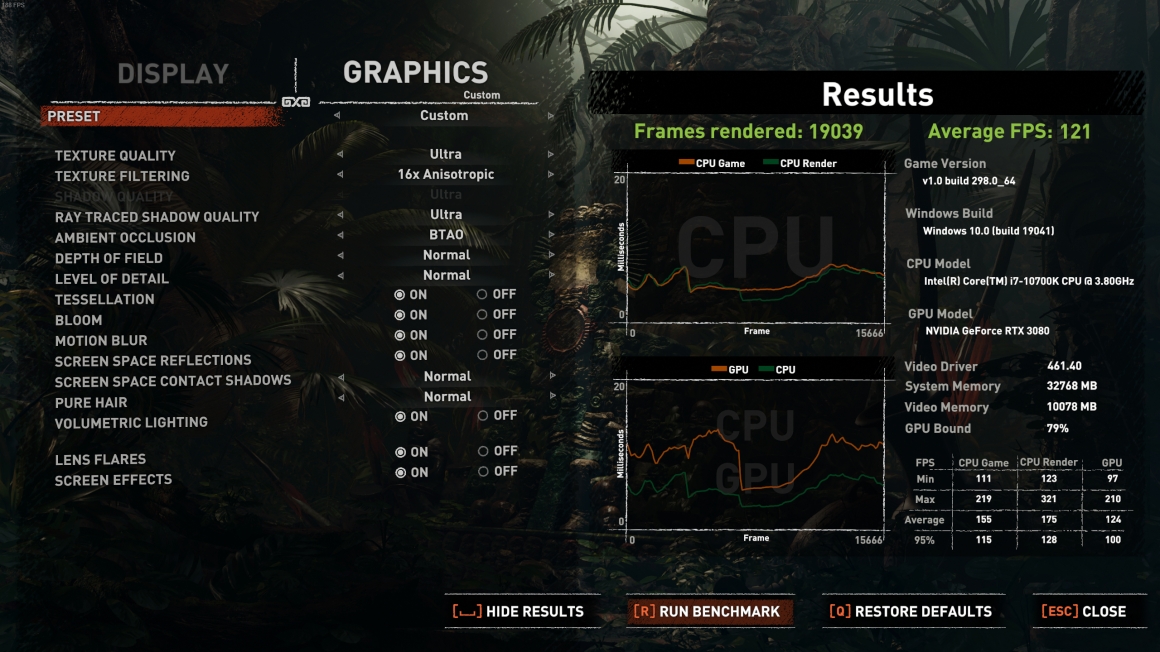
Source: Screenshot in Shadow of the Tomb Raider
And with the ray tracing on, the frame rate was down to 121FPS reasonably.
B. Memory frequency at 3200Mhz:
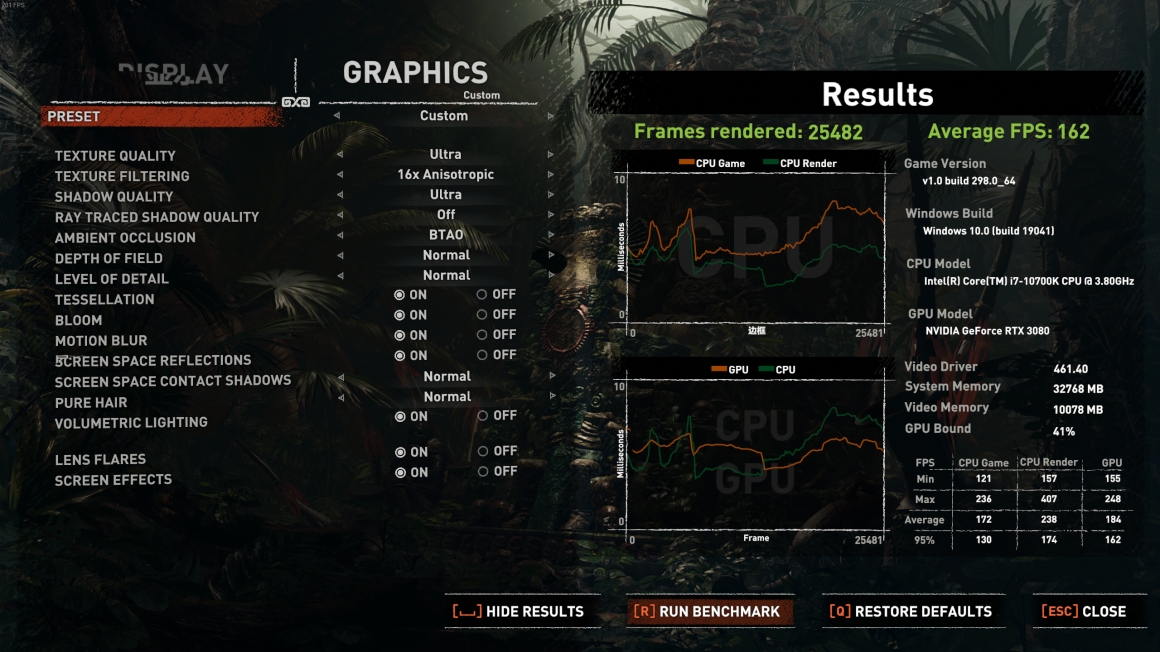
Source: Screenshot in Shadow of the Tomb Raider
In "Shadow of the Tomb Raider", we also turned off the ray tracing first, and the test frame rate was slightly increased from 158FPS to 162FPS.
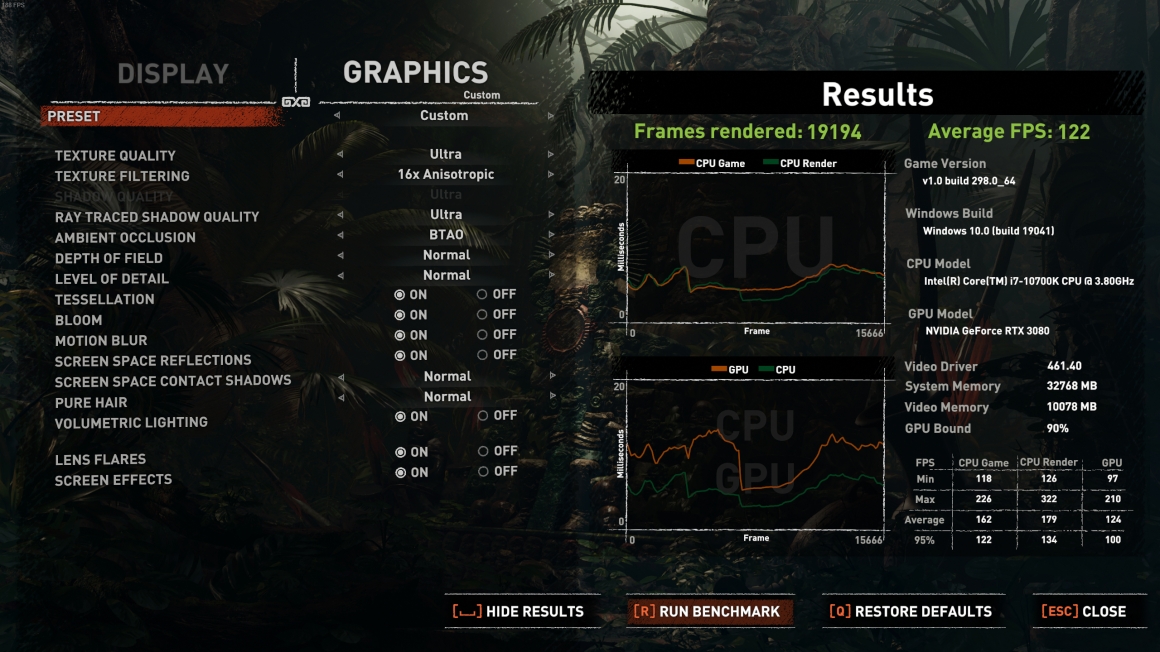
Source: Screenshot in Shadow of the Tomb Raider
The frame rate changed from 121FPS to 122FPS after the ray tracing was turned on, which was the least improvement.
C. Memory frequency at 3600Mhz:
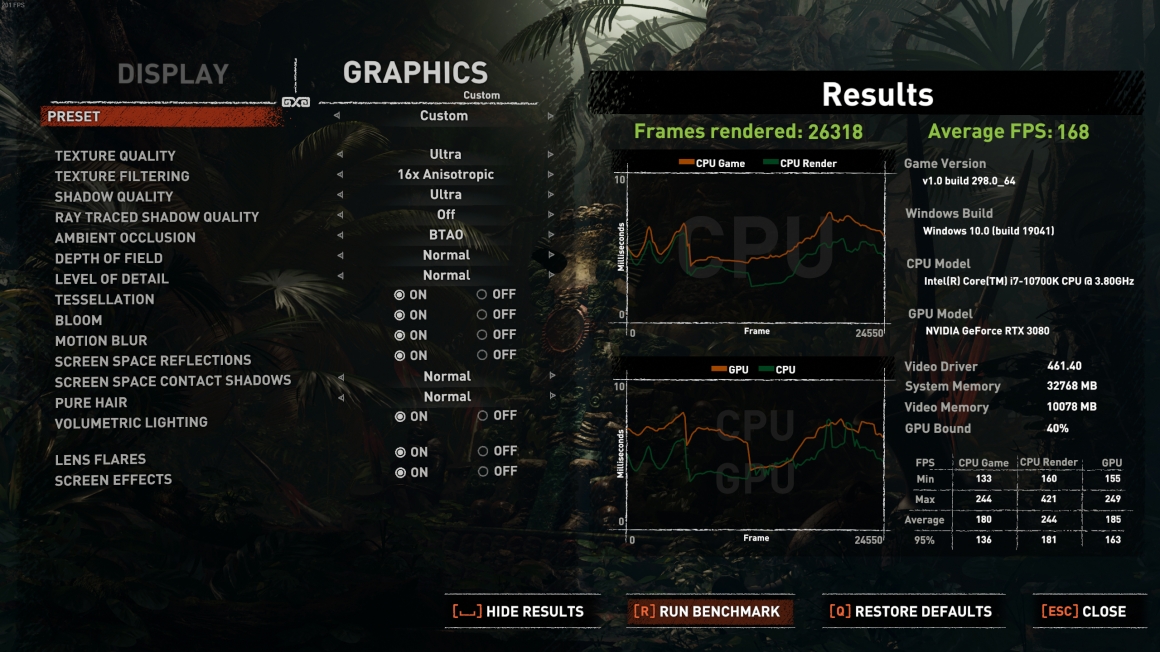
Source: Screenshot in Shadow of the Tomb Raider
In "Shadow of the Tomb Raider", the frame rate reached 168FPS after the ray tracing was turned off, which was a steady improvement compared to 3200Mhz.
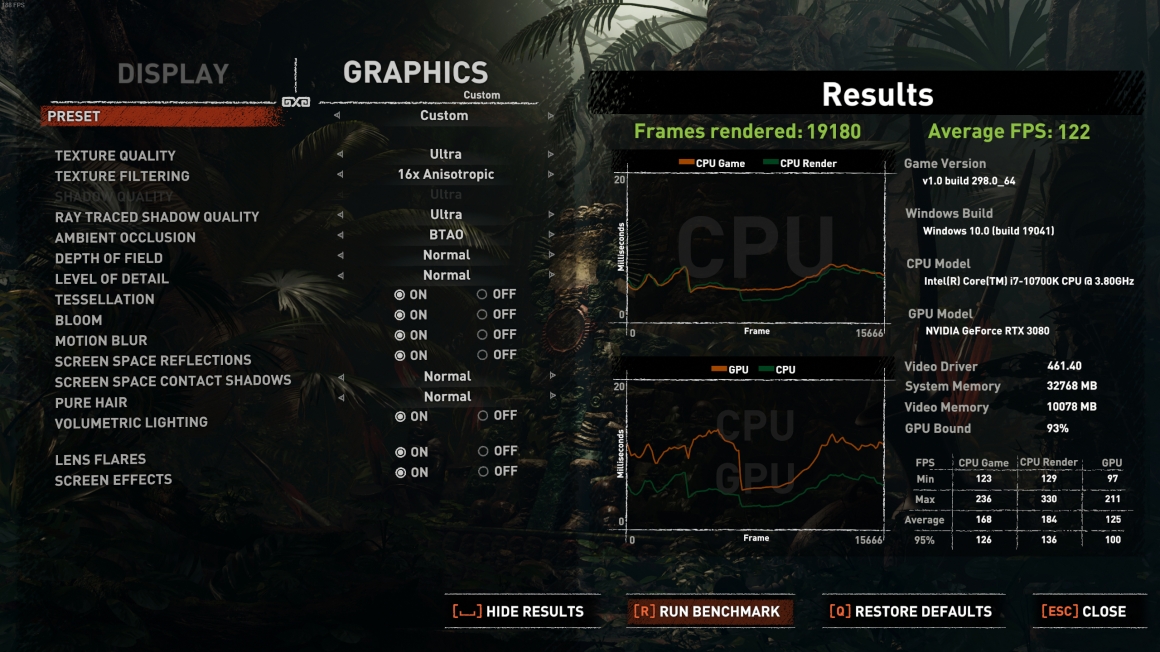
Source: Screenshot in Shadow of the Tomb Raider
After turning on the ray tracing, it was found that the frame rate was the same as the frame rate at 3200Mhz. The increase of frequency in ray tracing mode hasn't improved much in FPS, therefore it still relied on the performance of the graphics card mostly.
D. Memory frequency at 4000Mhz:
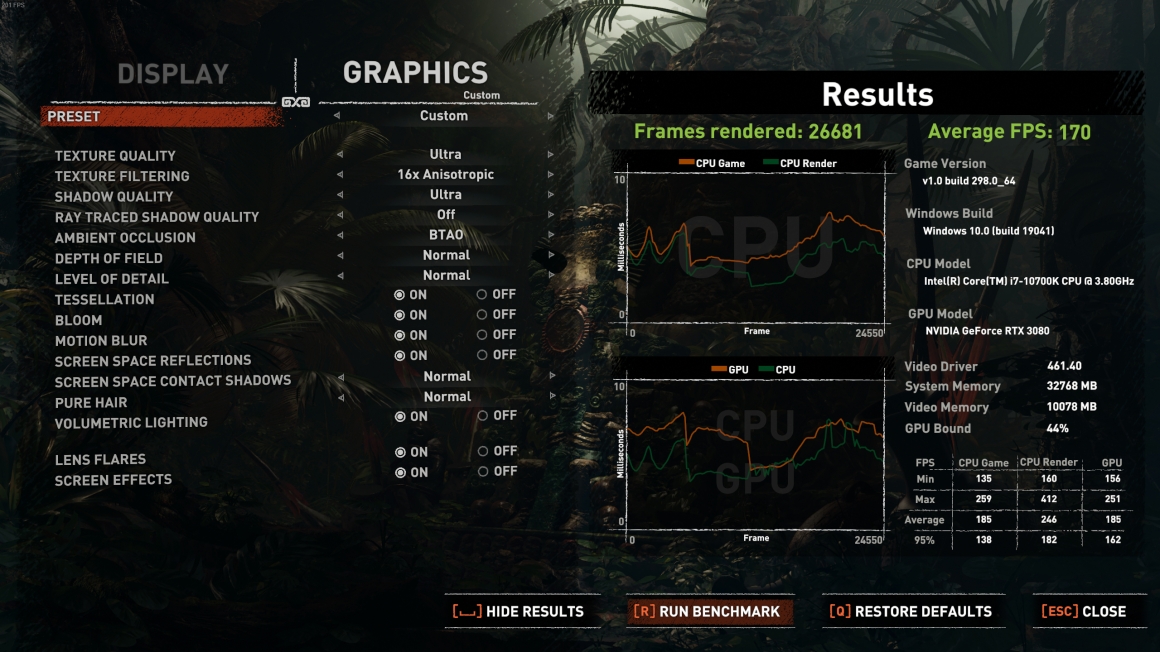
Source: Screenshot in Shadow of the Tomb Raider
In "Shadow of the Tomb Raider", the frame rate was also improved even when the ray tracing was turned off. It reached 170FPS which was the highest in the test.
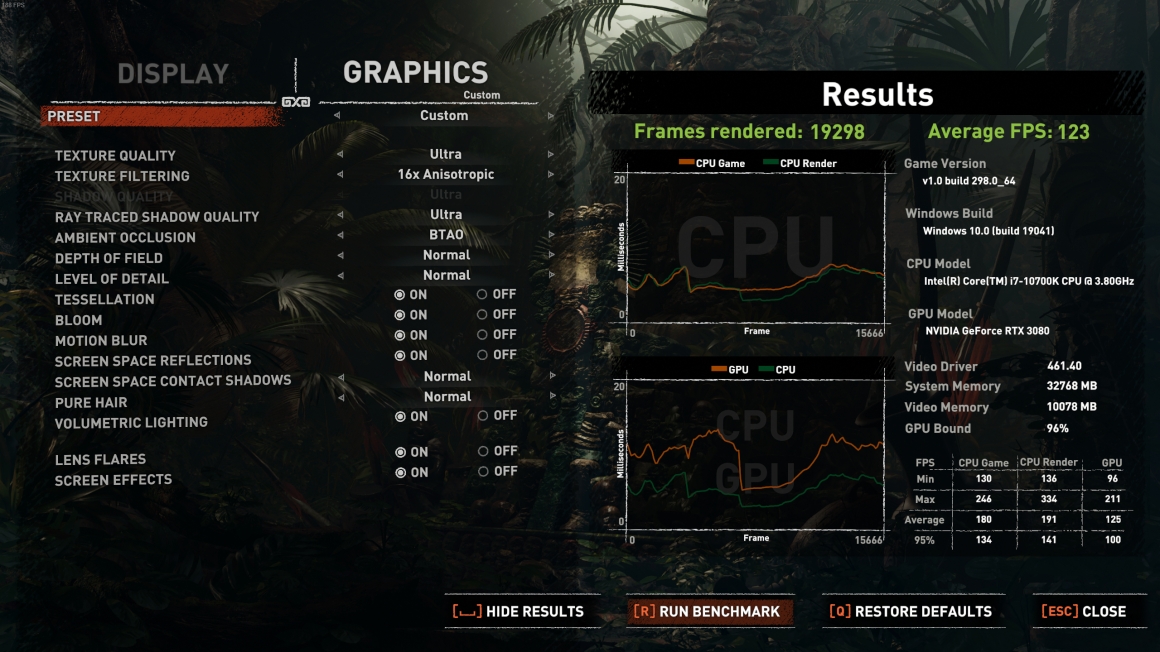
Source: Screenshot in Shadow of the Tomb Raider
And with the ray tracing on, it only improved by 1 as expected, reaching 123FPS, but it was also the highest in the test.
This is the end of the platform test and here is the short conclusion.

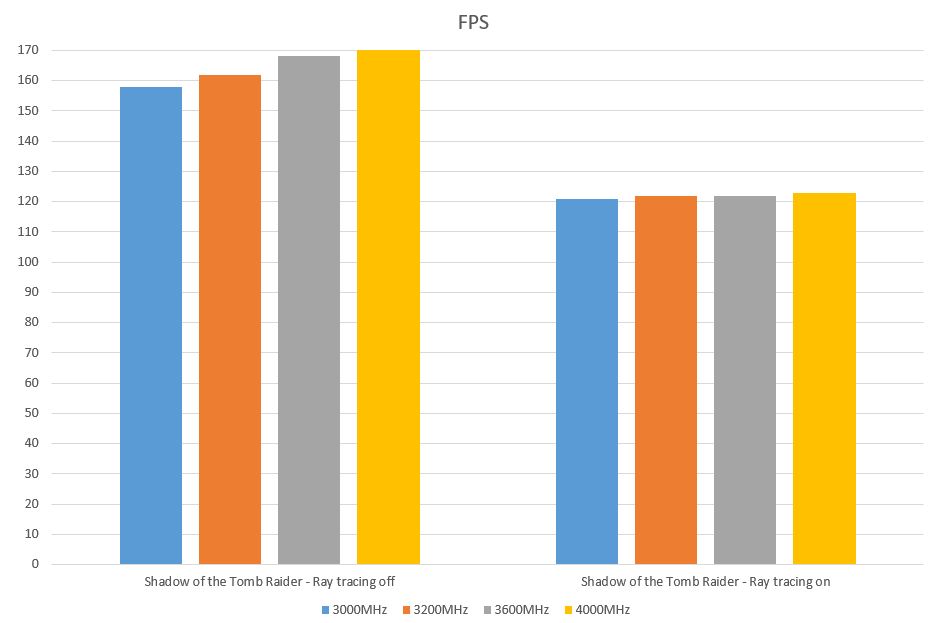
We can see that when the memory frequency is gradually increased, the higher the frequency will still have a certain effect on the increase of the frame rate of the game (FPS), but the impact is not as high as that brought by the graphics card.
The above tests are conducted in 2K resolution, the effect will be more obvious if it is in 1080P.
Conclusion
Here is the introduction about the effect of the memory frequency on the frame rate of the game (FPS). Basically, when the memory frequency is gradually increased, the higher the frequency will still have an impact on the increase of the frame rate of the game (FPS).
T-FORCE XTREEM ARGB DDR4 3200MHz 8GBx2 (Where to Buy)
However, the difference in platforms still brings different test results. High-frequency memory is only an aid, one of many factors that might affect the result. Do not have the misconception that "Other hardware doesn't matter as long as I have a high-frequency memory"! I hope this article can bring some help to people who want to get a memory.